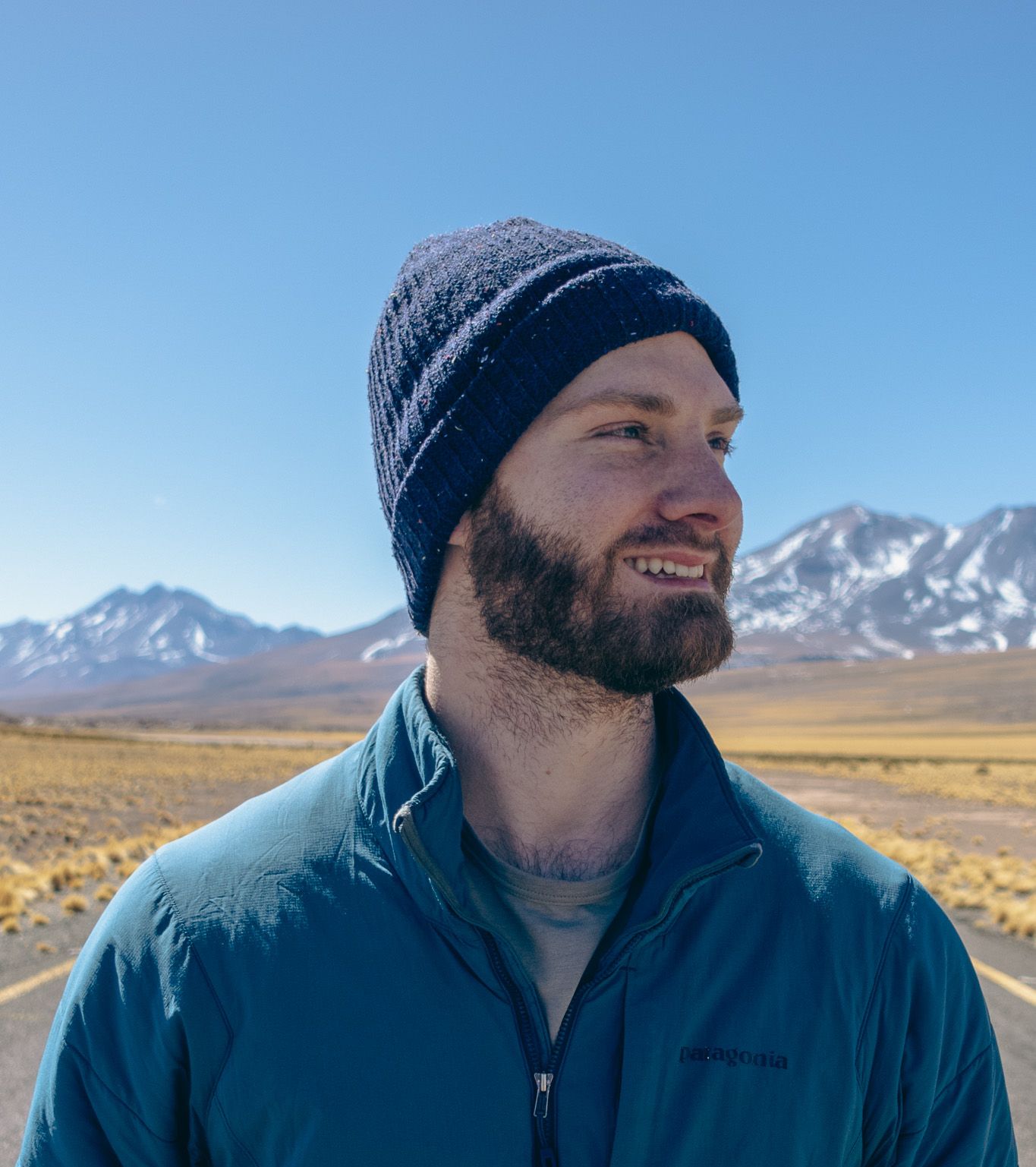On Harvesting Oysters
An article in Eater and the best-kept culinary secret in Washington State.
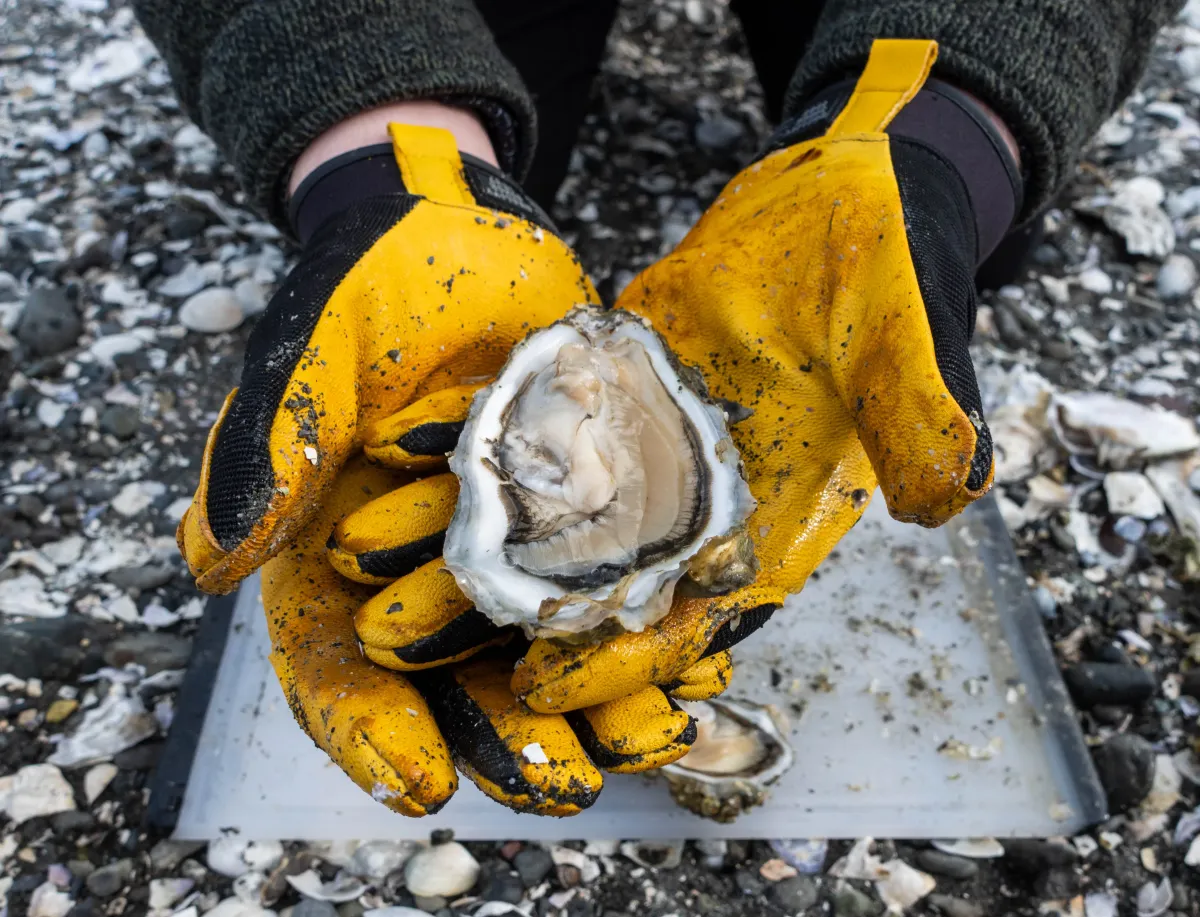
Hello friends,
How are you guys doing? How's life? My name is Skylar, and this is another edition of The Daily Grog newsletter. Spring is in full force here in the Pacific Northwest, which means branches are no longer bare, and most of us pale-skinned Seattlites come crawling out of the woodwork at the slightest inkling of the sun.
I don't know if it's technically true, but the last few months in Seattle have been pretty light on rain. Sure, it’s been dark and grey, but not as much rain as we pluviophiles would have liked. On the flip side, I've been able to get in some early-season camping and hiking this year.
It's also been great weather for oysters.
I have a new article out in Eater this week (which is very exciting!), all about how to harvest oysters in Washington State. We're incredibly fortunate here in the Pacific Northwest to be one of the few places in the country within a short drive of an abundant supply of fresh, briny, delicious oysters. All you need is a ~ $18.00 shellfish license, some gloves, and a shucking knife, and you have yourself a near-infinite supply of oysters for the whole damn year!
You can shuck oysters year-round, though Spring, especially April, is the ideal time for them. So, if you live in Washington and are interested, check out the article to learn how to get started and take advantage of the next couple of weeks.
If you don't live in Washington or the U.S., the Eater article and all this oyster talk are probably less relevant to you. But maybe it’ll offer some foraging inspiration for wherever you are or even help you plan a trip to the Pacific Northwest for some shellfish.*
Most good oyster spots are on the Hood Canal, a somewhat underrated part of Washington.
Typically, tourists and locals will spend time outside at Mount St. Helens, Mount Rainier, or the North Cascades. For those who manage to get to the Olympic Peninsula, most will go to the Hoh Rainforest or the coast—two of Washington's most widely photographed areas on social media. I have no arguments here; those spots are beautiful and relatively easy to get to.
But the Hood Canal stays under the radar for a few reasons. From Seattle, it's a bit inconvenient to get there - you either have to take a ferry or drive 2.5 hours south and then back north. It's a bit long for most day-trippers and not quite long enough to warrant a weekend excursion. Plus, there aren't any iconic spots photographers or tourists might seek out.
But that doesn't mean it isn't beautiful. Plus, its lack of notoriety means fewer crowds, even on nice days.
And, of course, oysters.
Oyster harvesting is one of the best culinary secrets in Washington. You can slurp them down right on the beach, take them home to make a chowder, or barbecue them at camp—all good options.*
A tip that didn’t make it into the Eater article was about barbecuing your oysters. One of the main harvesting rules is that you must leave the oyster shells on the beach—the shells offer a good substrate for other oysters to grow and keep future oyster populations healthy. So, if you’re taking any back to camp, you’ll have to put them in a container and on ice.
The “hack,” if you will, is to head to Hama Hama Oyster Company, an oyster farm on the Hood Canal, before you go out harvesting. They have piles of oyster shells that you can grab for free (make sure you ask). Give those shells a good wash or rinse, and you can cook your freshly shucked oysters in them. Top with a bit of butter, garlic, and cheese, and grill them on the open flame.
Perfect.
All this shucking does feel like a well-kept secret. I’ve rarely seen more than two other groups on the water at the same time, even on nice days. It’s pretty surprising more people don’t take advantage of it, especially given how outdoors-oriented we are here. But truthfully, even growing up in the PNW, it took me way too long to realize I could just go grab oysters off the beach. It wasn't until some friends suggested we harvest some that I got into it.
In any case, a day spent harvesting oysters is incredibly satisfying. You get to spend time out on the water, learning the rhythm of the tide and getting muddy, all while entering into an oyster-shucking flow state until you reach bivalve nirvana.
Is there anything better? I think not.
Oyster Harvesting in Pictures
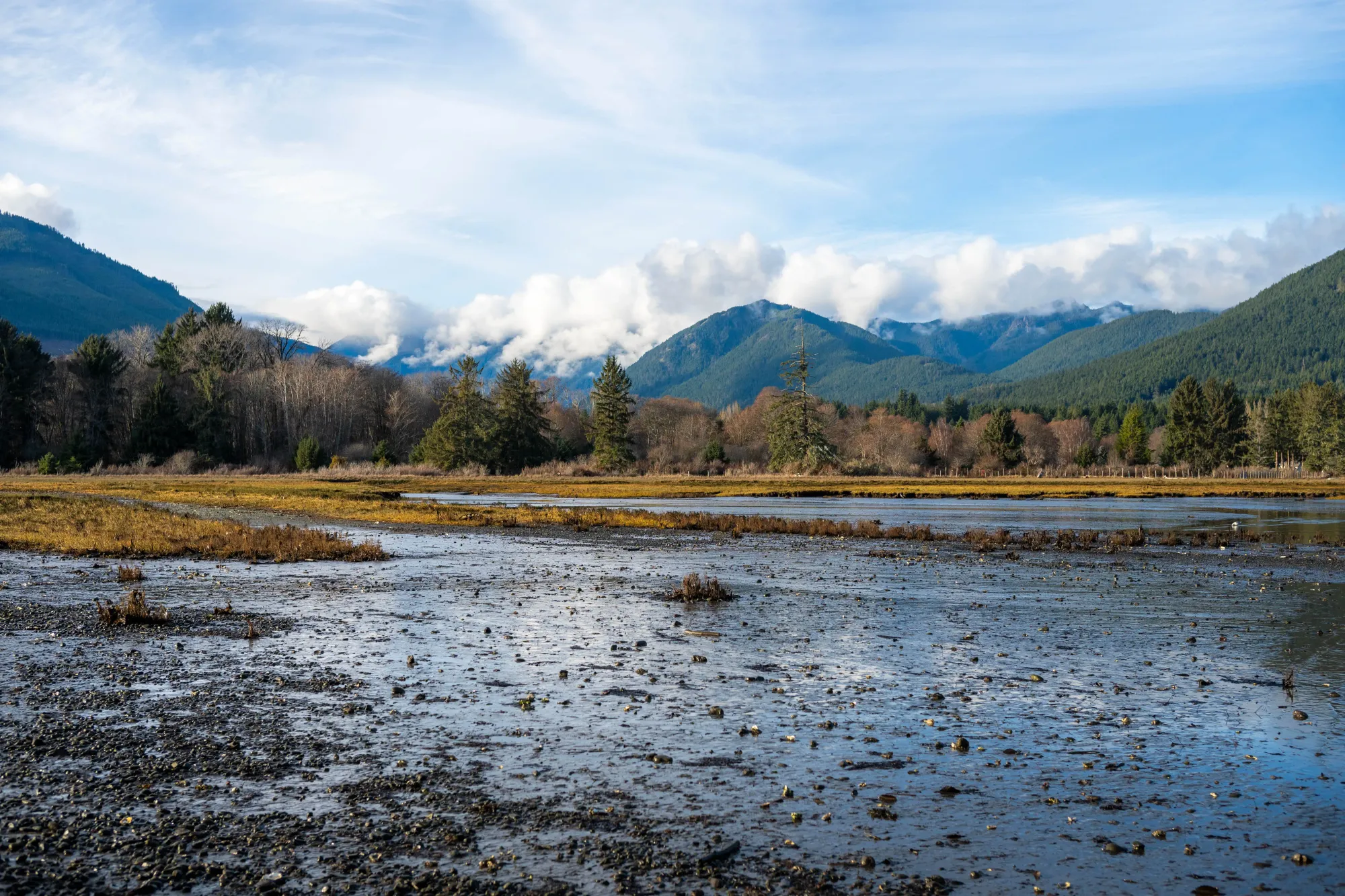
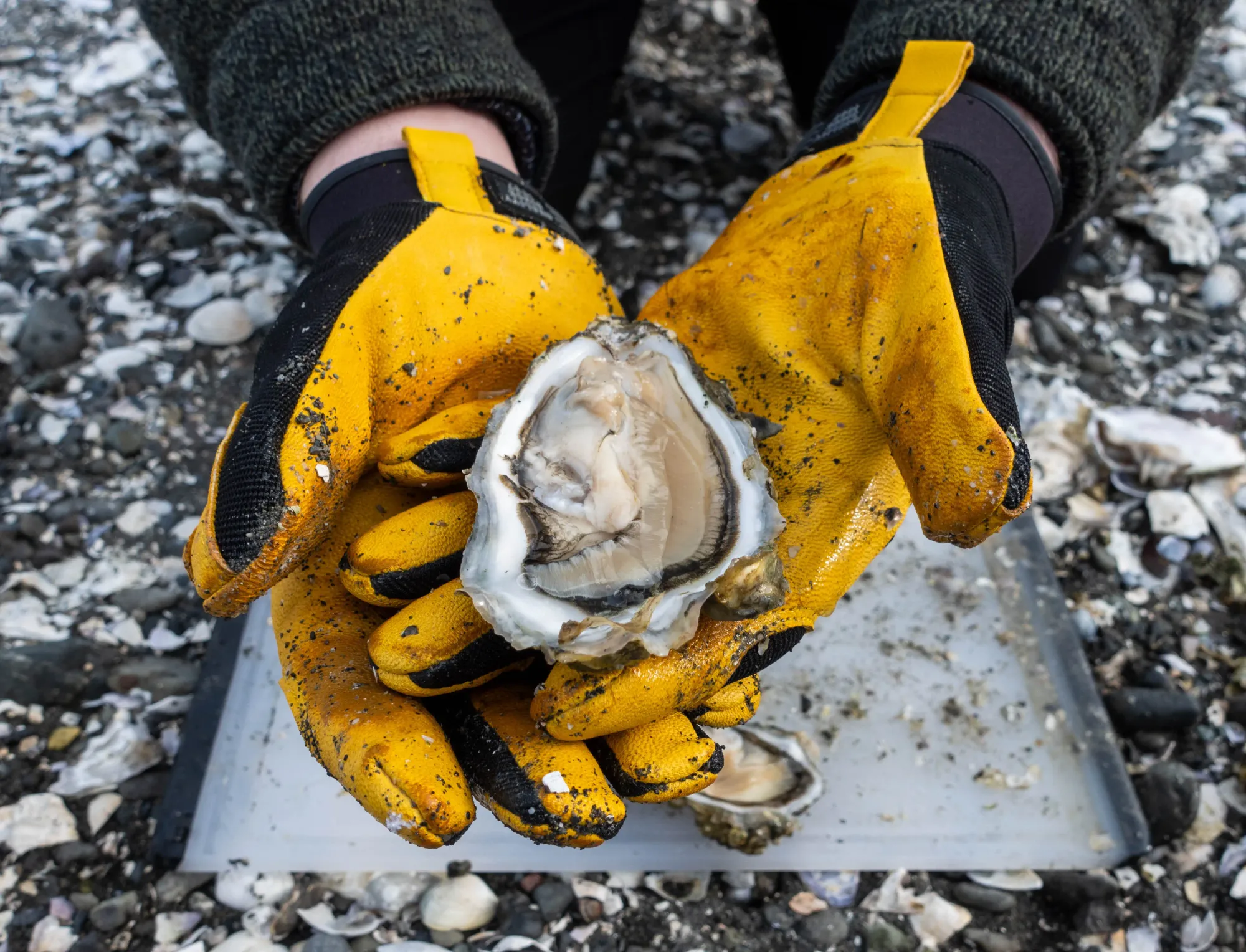
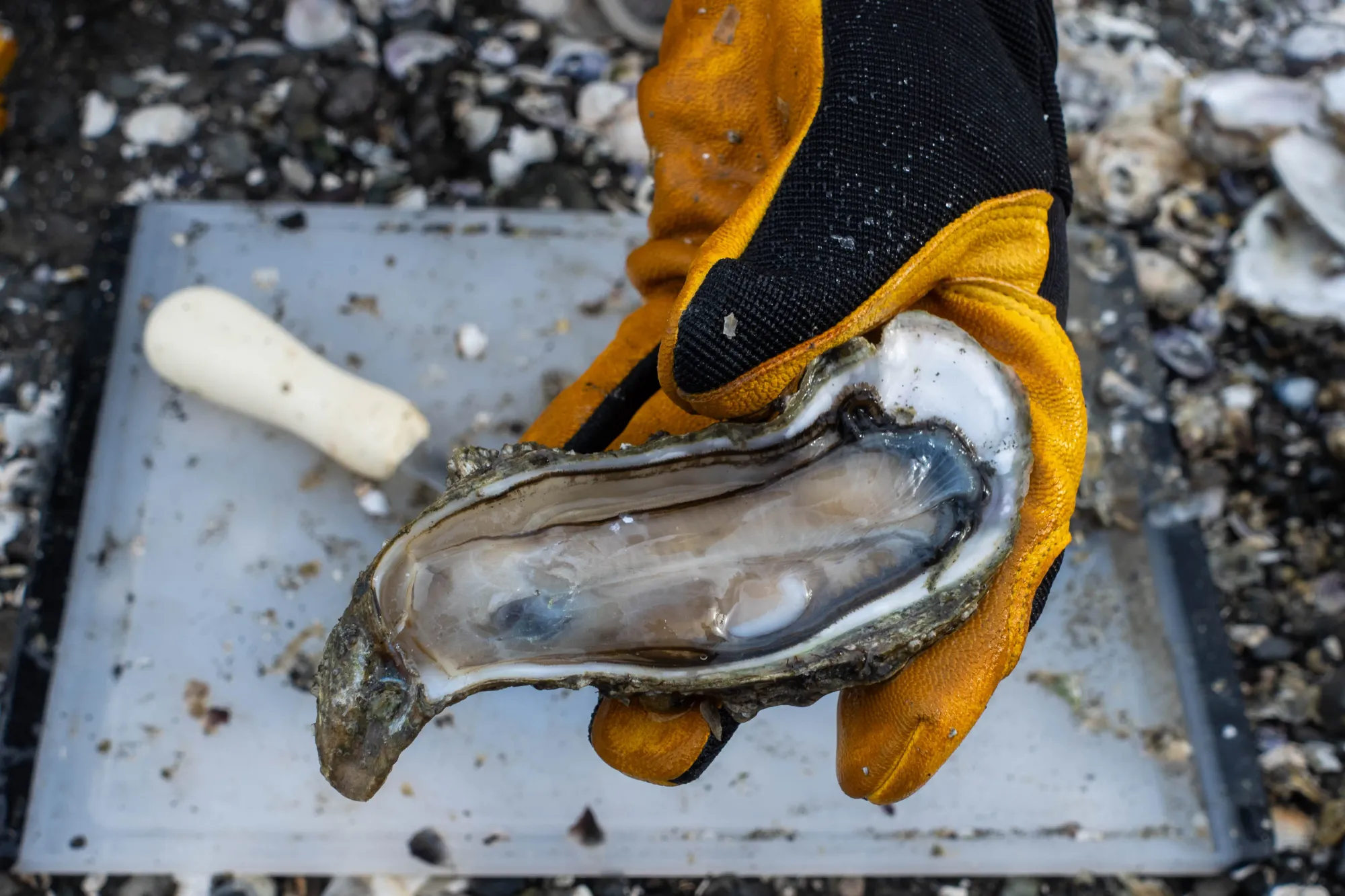
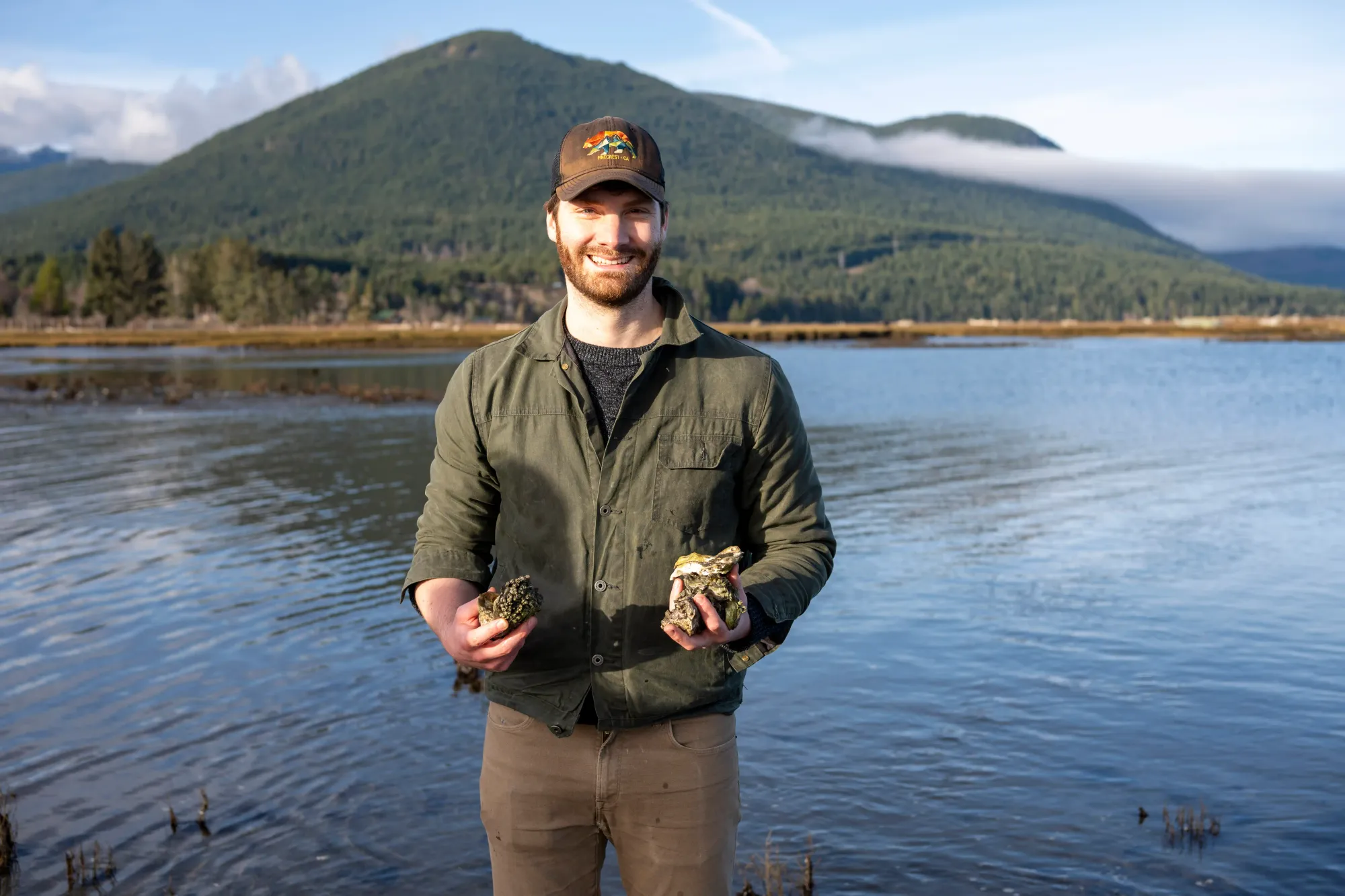
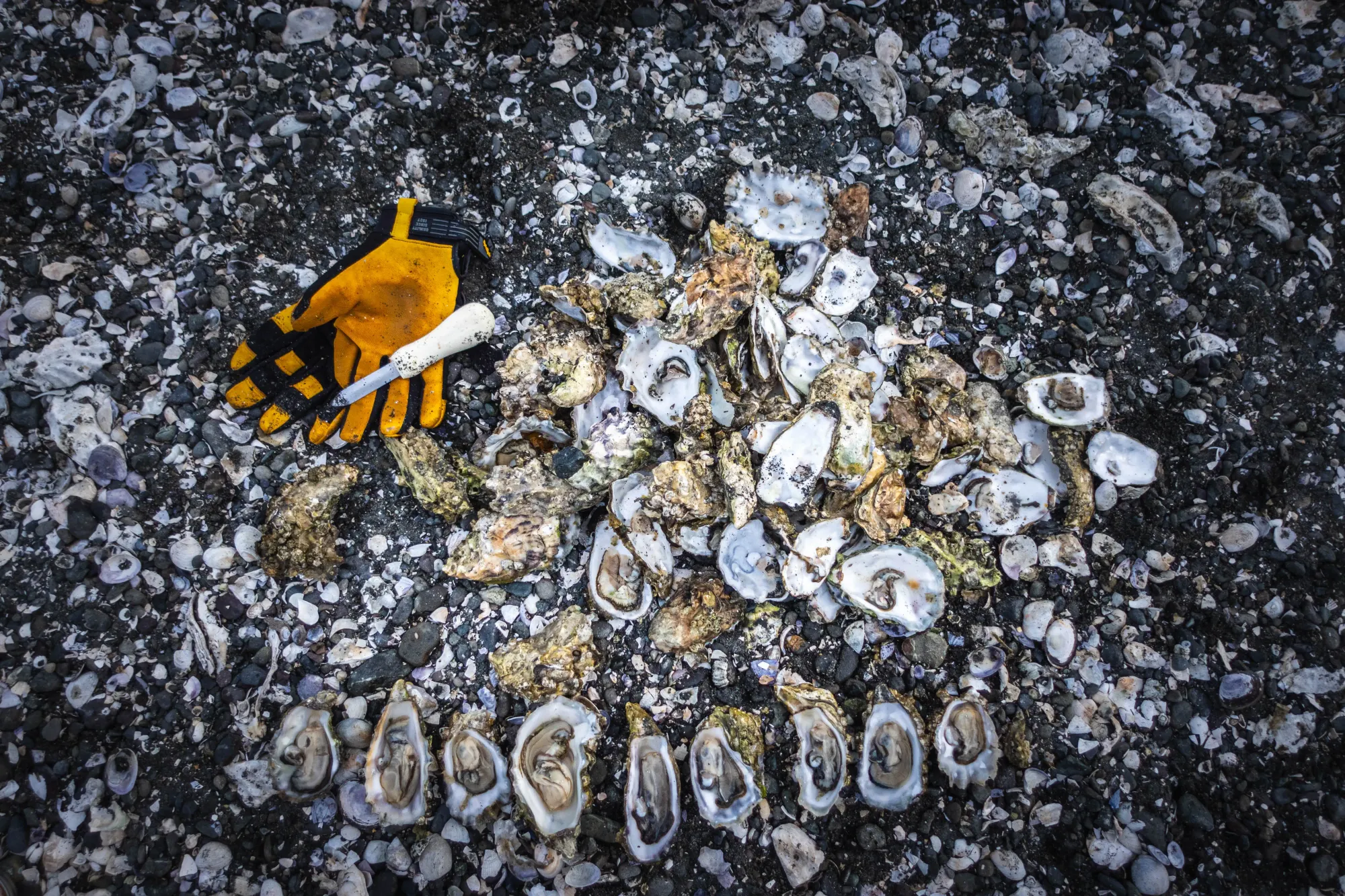
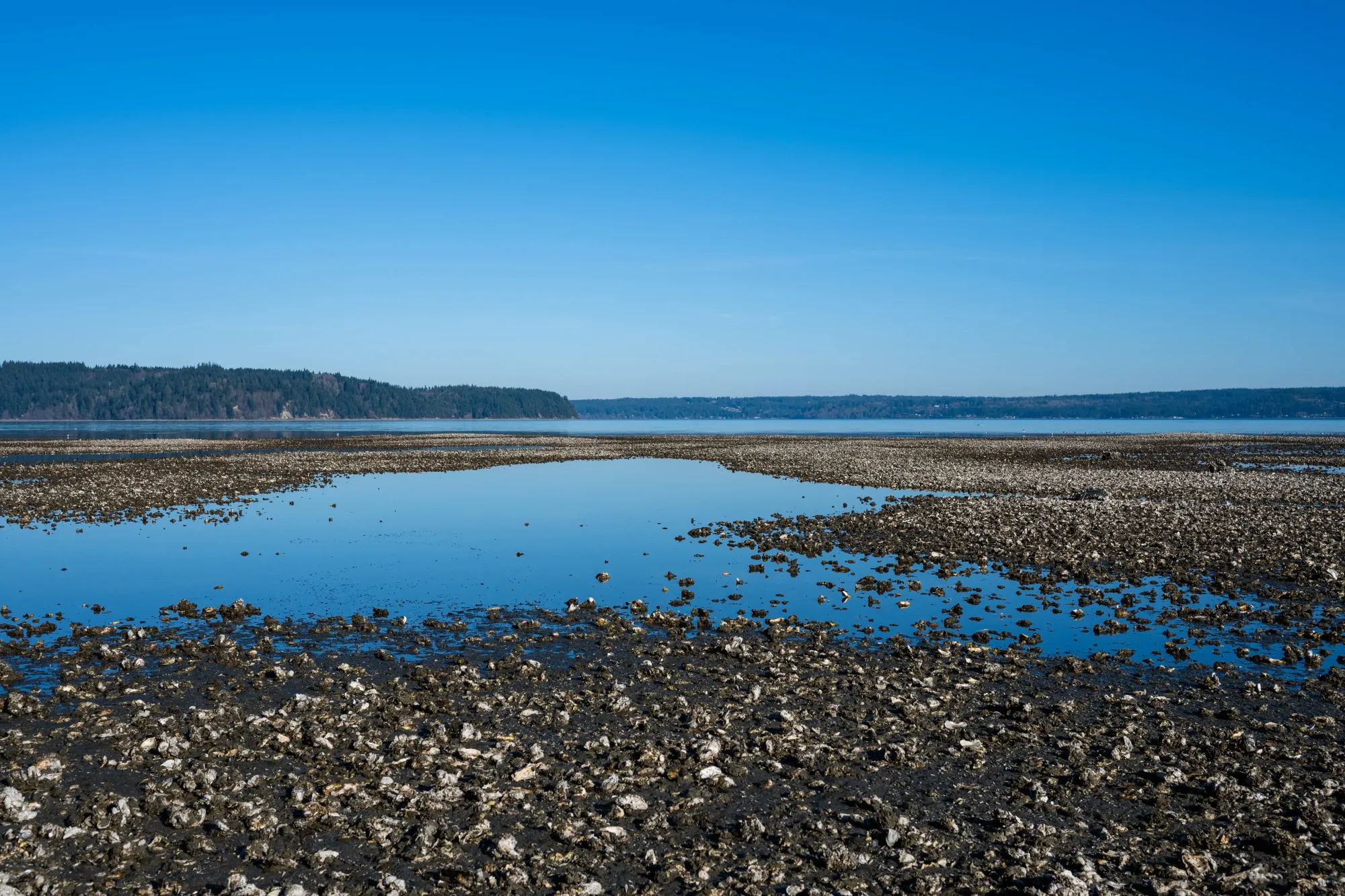

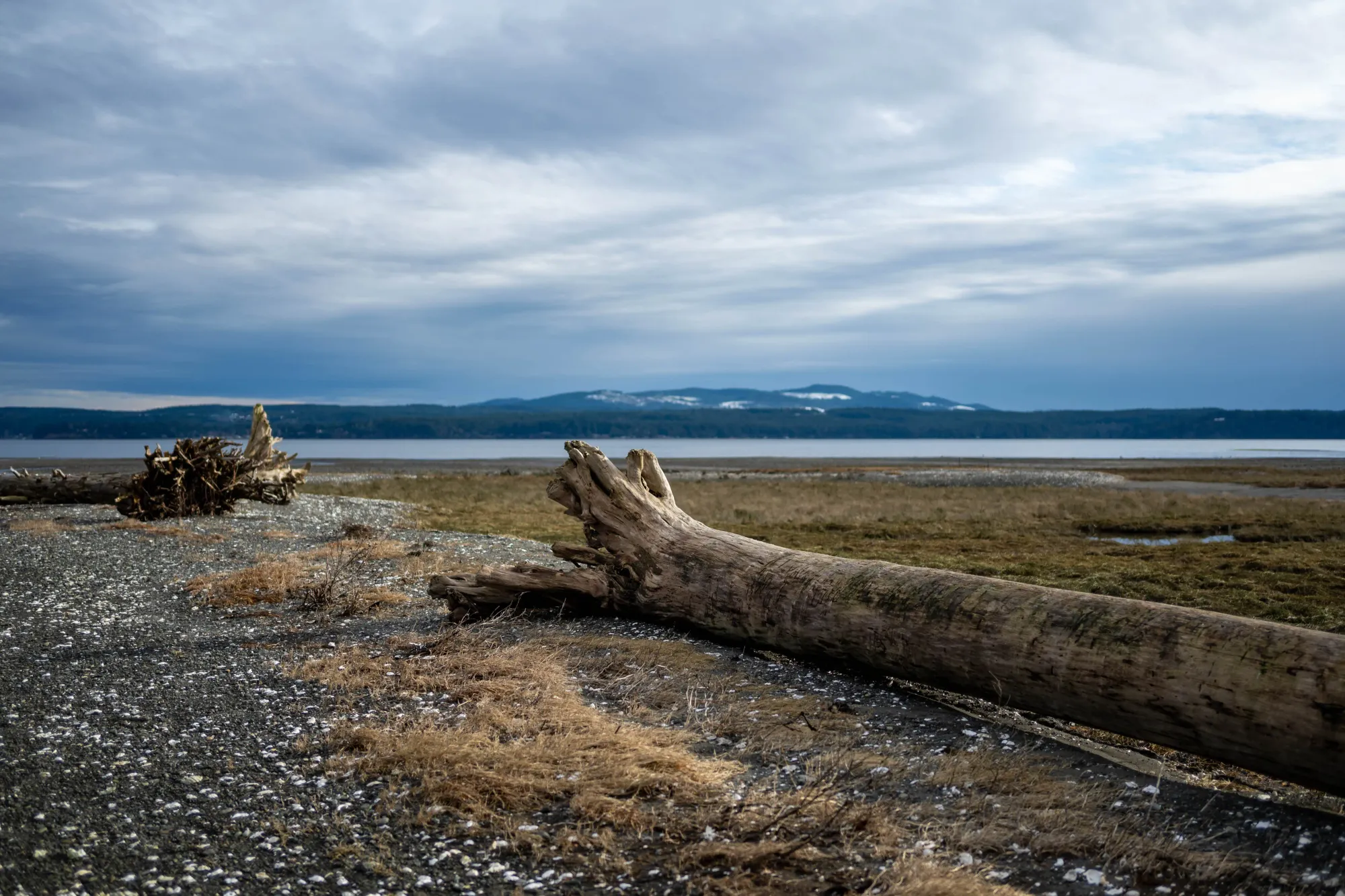
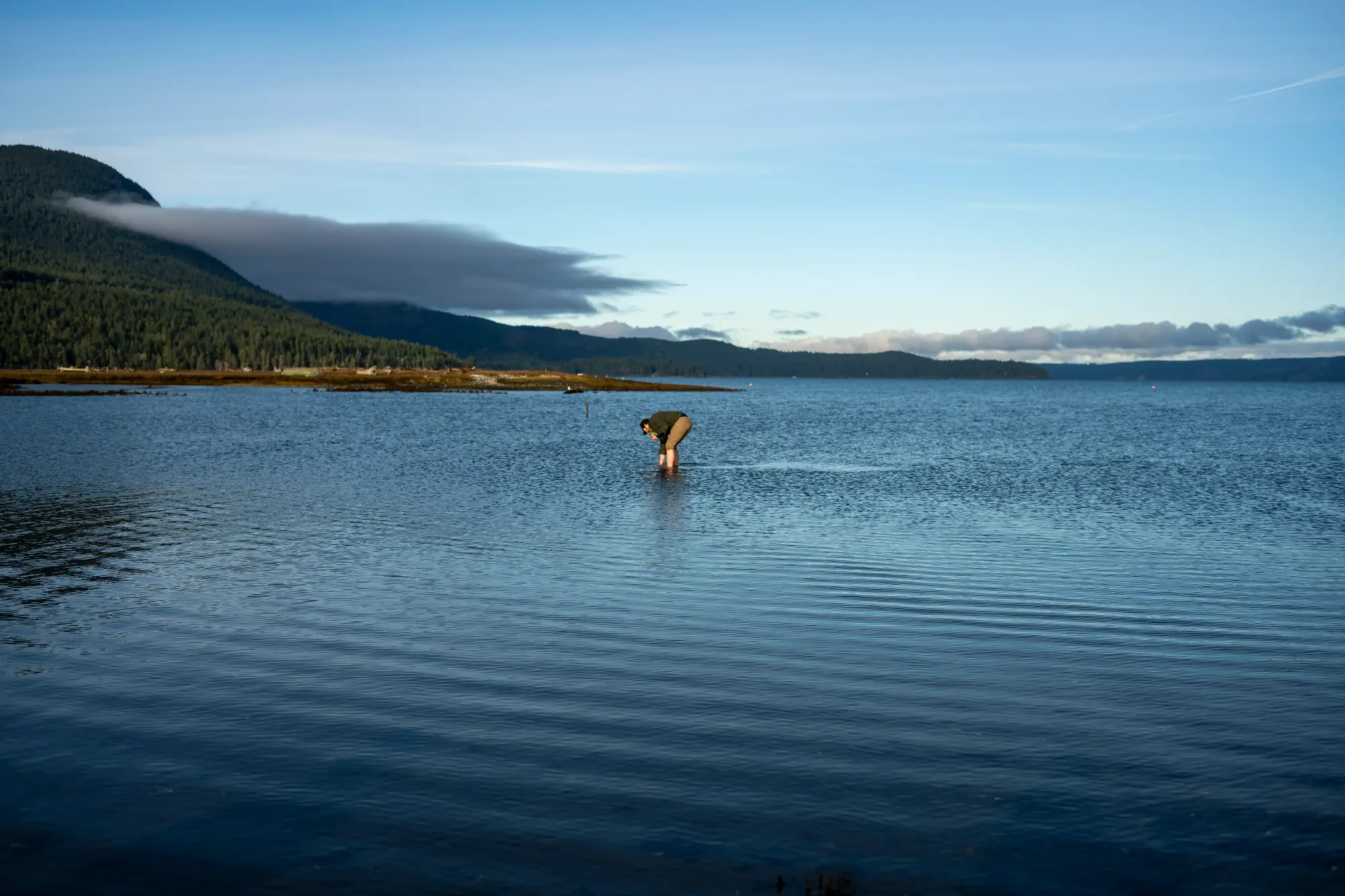
Links and recommendations
The Melbourne treemail phenomenon - This is an older story, but one I just came across this past week. As a part of a conservation effort, the city of Melbourne mapped the trees in the city and assigned them an email address. Residents, both at home and abroad, started writing very poetic emails to their favorite trees. Here’s one example from the article:
Dear Gum,
Apologies if that's not the form of address you prefer. I wanted very much to tell you how much I miss your family. I've lived in Texas for two and a half years now, and I so fervently miss the heady scent of your cologne as the morning sun warms you.
I miss your gentle swish swish as the wind tousles your leaves playfully. I miss your strong white trunk, rising majestically from the earth, striking up towards the clouds. I miss the dappled shade you so generously provide.
The sound of magpies, harbouring in your foliage, does not grace my ears. The silver green of your long, lithe leaves does not appear in my current surrounds.
I miss you, Gum. I miss all that you represent for me. Stand tall and strong, and know that my heart reaches out to you across the seas.
With immense fondness, A
I’m not crying, you’re crying.
Flora, Fauna, Funga - A short documentary from National Geographic about a scientist’s quest for mushrooms in southern Chile.
A Quiet Moment - I’ve really been enjoying the immersive and soothing photography from Whitney Barkman lately.
That’s all for this week! As always, thanks for reading and the support. If you get the chance, head out to the Hood Canal and get yourself some oysters. And if you know anyone who might be interested, forward this along to them.
Cheers,
Skylar
*If you come out this way, I’ll take you oyster harvesting myself!
*Of course, there's always the chance that you'll run into a rogue oyster that'll cause some gastrointestinal, uh, discomfort later, but that's only happened to me once while harvesting my own. Granted, it happened while some friends were in town for a few days, which was pretty unfortunate timing (sorry, guys!). But to be fair, that's a risk anytime you eat shellfish.
